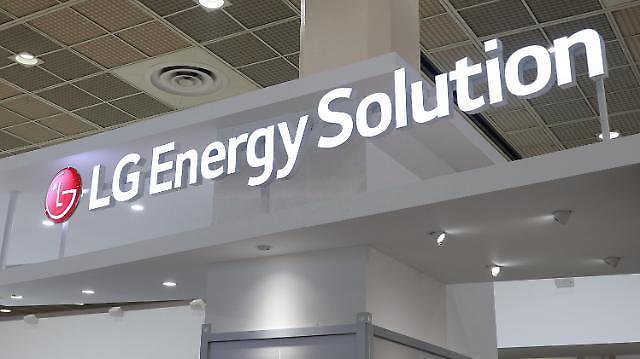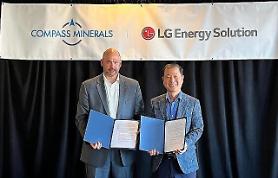
[Courtesy of LG Energy Solution]
Cells are installed in form of modules and packs. A cluster of cells makes up a module and a cluster of modules make up a pack. Cell-to-pack (CTP) approaches aim to integrate battery cells directly into a pack without the intermediate step of modules, enhancing the volumetric energy density of battery packs and reducing cost.
Chinese companies have adopted CTP technology for the production of lithium iron phosphate (LFP) batteries that use lithium iron phosphate as cathode material and a graphitic carbon electrode with a metallic backing as the anode. Cobalt-free LFP batteries offer low cost, low toxicity and long-term stability. The main drawback is lower energy density than that of lithium cobalt oxide.
There are three types of batteries - prismatic, pouch and cylindrical.
Pouch cells use laminated architecture in a bag, offering a simple, flexible and lightweight solution to battery design. They are light and cost-effective but exposure to humidity and high temperature can shorten life. Swelling is a concern.
LG Energy Solution (LGES) plans to apply CTP technology to pouch-type batteries that contain more than 60 percent of nickel. "We have almost completed the development of CTEP technology. It will be applied to pouch batteries," Choi Seung-don, head of LGES' automotive battery research center, said on September 20 at the Korea Advanced Battery Conference (KABC) in southern Seoul.
In the existing cell-module-pack structure, cells account for about 50 percent. LGES would try to raise the proportion of cells to 70 percent or more from products to be released between 2025 and 2026, Choi said, adding that pouch-type batteries applied with CTP technology will be able to secure a competitive edge in weight, cost and energy density.
Choi also unveiled a thermal propagation (TP) solution to ensure fire safety even in high-density nickel pouch batteries. "We have developed a technology to ensure safety even in pouch-type batteries."
LG Chem, the parent company of LGES, is developing a cobalt-free, low-cost material that can overcome the shortcomings of LFP batteries which have been adopted in low-end models.
Copyright ⓒ Aju Press All rights reserved.



